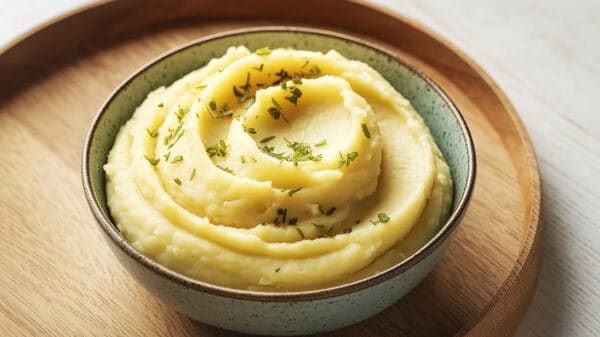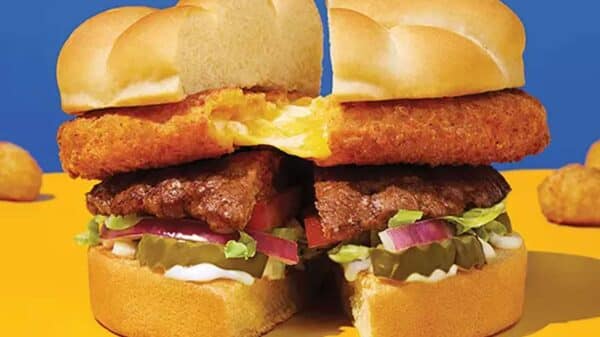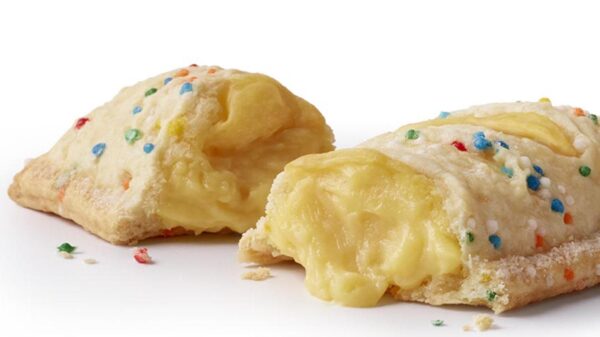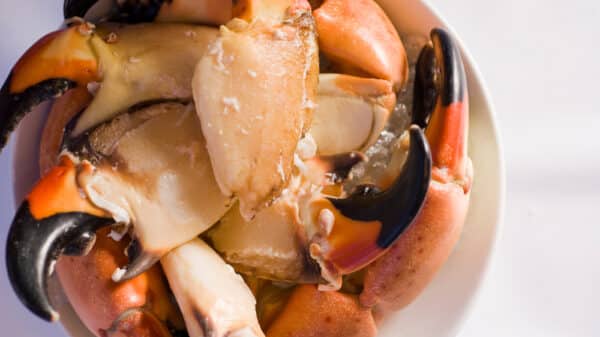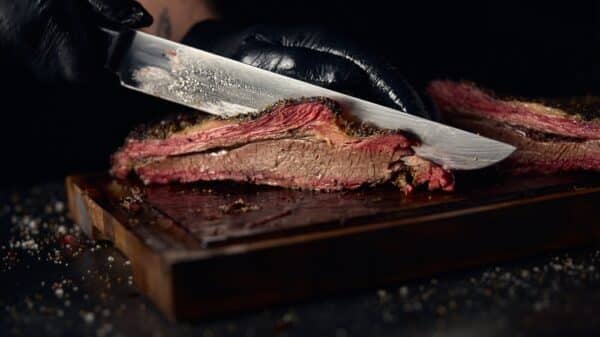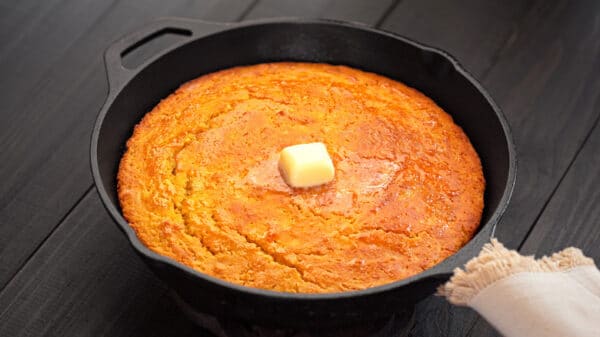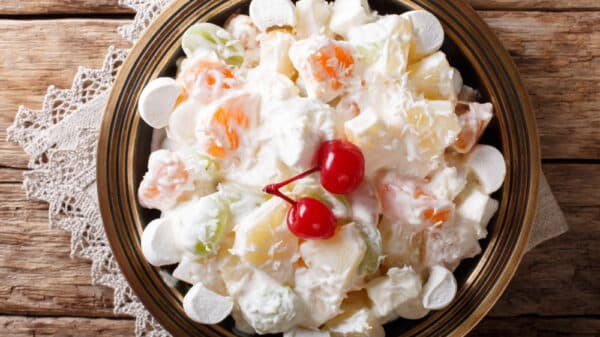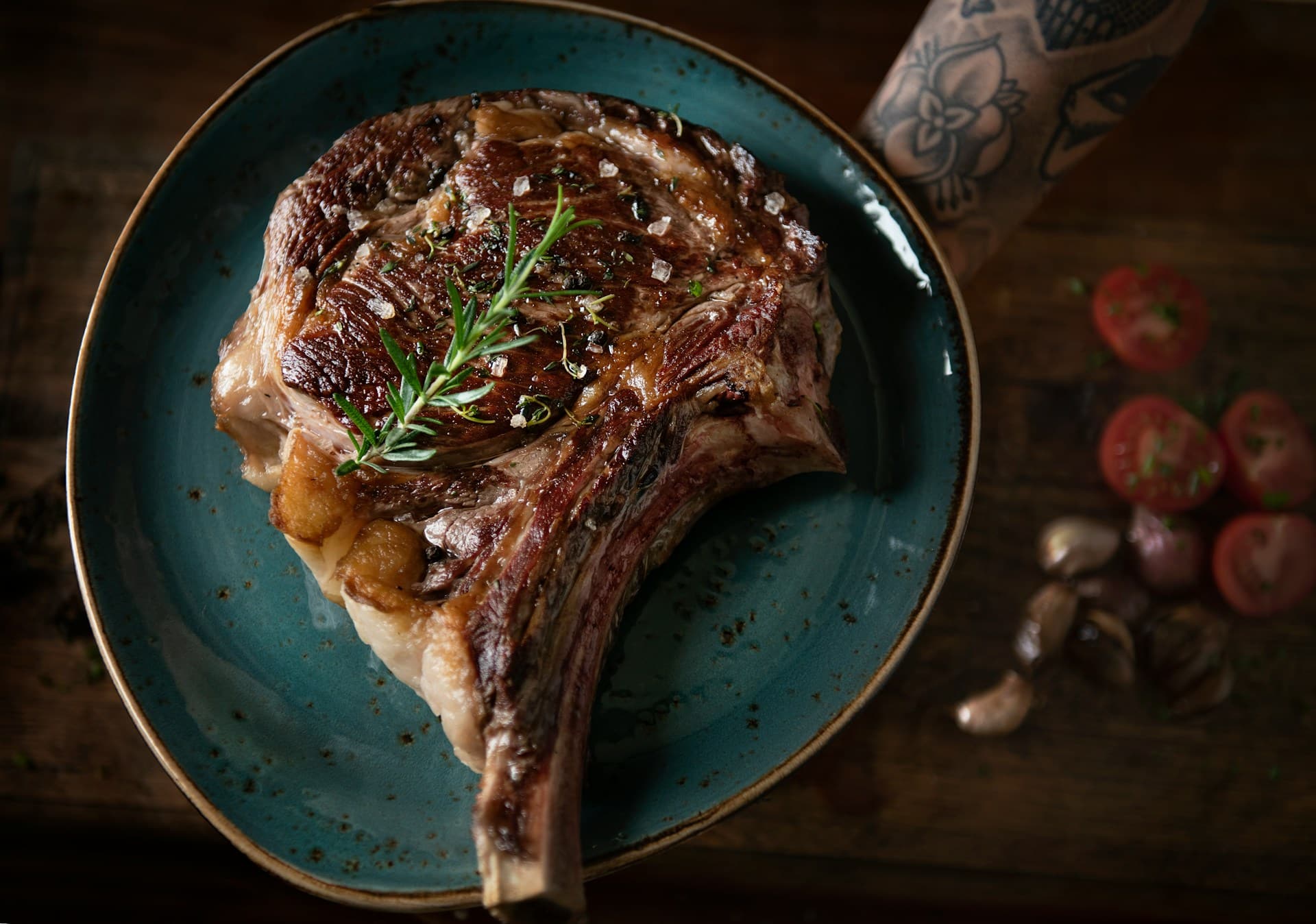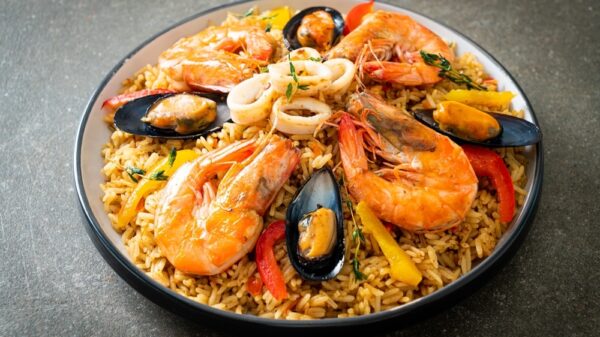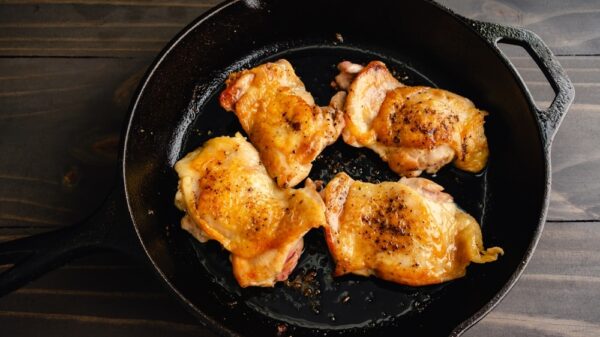Cooking a steak can be an art form, and one of the most frustrating outcomes is when your perfectly seasoned cut curls into a bowl shape while cooking. This issue can happen even with the best practices in place. According to Marissa Stevens, a recipe developer, the main reason for this curling lies in the tightening of uneven muscle fibers under high heat, particularly on the edges.
The key to preventing this common problem is addressing the factors that contribute to it before your steak even hits the pan.
The Role of Fat and Muscle Fibers
When heating, the fat cap on a steak often shrinks faster than the protein beneath it. This discrepancy can lead to the steak’s shape distorting. To combat this, a few preparatory steps can make all the difference.
1. Trim the Surface Fat: By carefully trimming excess fat before cooking, you minimize the tension created as the fat shrinks while cooking.
2. Score the Edges: Lightly scoring the fat cap can help interrupt the tightening effect that pulls the steak into a bowl shape. This technique also applies to other meats, such as pork chops, which have similar issues when cooking.
Effective Cooking Techniques
Having addressed the surface issues, the next crucial step is mastering the cooking process. Here are some key techniques suggested by Stevens:
– Preheat Your Pan: Starting with a hot pan is essential. When the exterior of the steak heats up quicker than the interior, you’re setting up for success.
– Dry the Steak: Moisture on the surface can prevent proper searing, leading to sticking and further issues. Ensuring your steak is dry helps achieve a better crust.
– Press Down Initially: For the first 30 seconds, apply gentle pressure to the steak. This technique encourages the surface to adhere to the pan, which can help mitigate curling.
– Patience is Key: Avoid moving the steak too soon. This movement can interrupt the formation of a beautiful crust known as the Maillard reaction, which provides the sought-after flavor and texture.
– Weight It Down: For thick cuts, consider placing a heavier pan on top for the first minute or two. This additional weight can help the steak stay flat against the cooking surface. A cast iron steak weight is a worthwhile investment for serious cooks, as it offers durability and effectiveness.
Enhancing Flavor While Preventing Curl
Implementing these strategies not only helps maintain the shape of your steak but also enhances its flavor through proper preparation. Because a flatter steak cooks more evenly, you’re not only ensuring a better presentation but also a more satisfying eating experience.
Conclusion
By understanding the science behind steak curling and implementing careful preparation and cooking techniques, you can elevate your steak cooking game significantly. The measures recommended—from trimming fat to the right cooking methods—invite you to cook not just with skill but with confidence, allowing you to enjoy a perfectly cooked steak that looks and tastes fantastic.
Image Source: Unsplash

